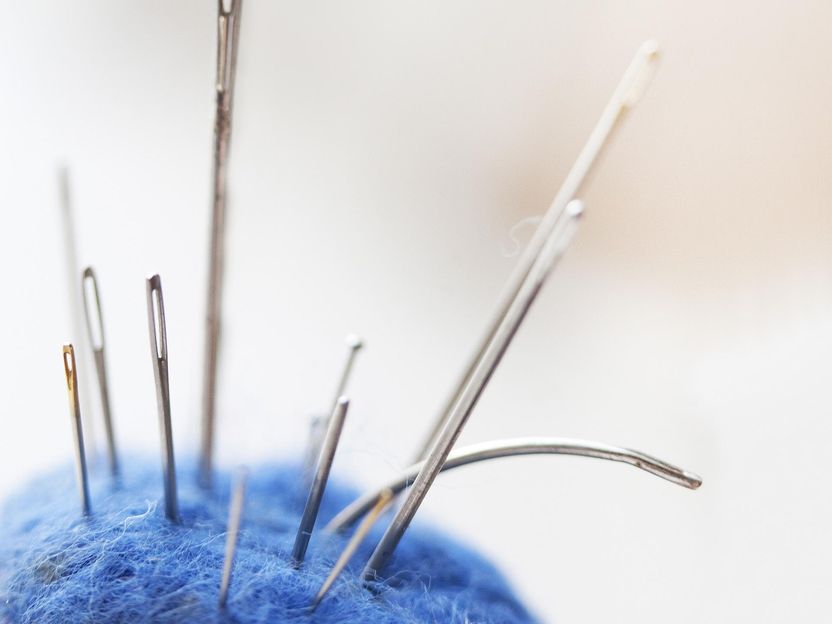UD signs commercialization agreement on corn disease trait
Advertisement
The University of Delaware announced that it has reached a commercial agreement with DuPont regarding their multi-year, corn disease resistance research collaboration. Terms of the agreement were not disclosed.
DuPont seed business, Pioneer Hi-Bred, now is marketing Pioneer brand hybrid 34F26, the first corn hybrid in North America to carry the trait, which provides enhanced resistance to anthracnose stalk rot. Additional hybrids carrying the trait are being evaluated for 2010.
James A. Hawk, UD professor of plant and soil sciences, became familiar in the 1980s with a gene in corn known to provide resistance to the fungus Colletotrichum graminicola, which causes the often devastating disease anthracnose stalk rot (ASR). At the time the gene was found only in a "tropical" corn line from Mississippi, which could not be used commercially.
Hawk worked for more than 20 years to demonstrate that the gene could be bred into commercial germplasm and developed "near-isogenic lines" that facilitated the genetic characterization of ASR resistance. He and his associates then teamed up with DuPont scientists and cutting-edge technology was used to "fine map" the gene and develop molecular markers under a Collaborative Research Agreement between DuPont and the University. DuPont scientists are using those markers in high throughput genetic technology to move the gene into a wide variety of elite commercial germplasm. Intellectual property protection is pending on the discoveries of the collaboration and the corn lines developed by Hawk.
The increased incidence of anthracnose stalk rot is thought to be associated with increased use of no-till agricultural practices that are utilized to reduce soil erosion and fuel costs. Higher risk of the disease also is associated with corn planted in fields that had corn the previous year because the pathogen over-winters in corn residue. Yield losses due to the disease, estimated to be about $1billion annually in North America are the result of reduced ear size, premature plant death and stalk breakage of the plant below the ear, all of which decrease harvestable yield.




















































